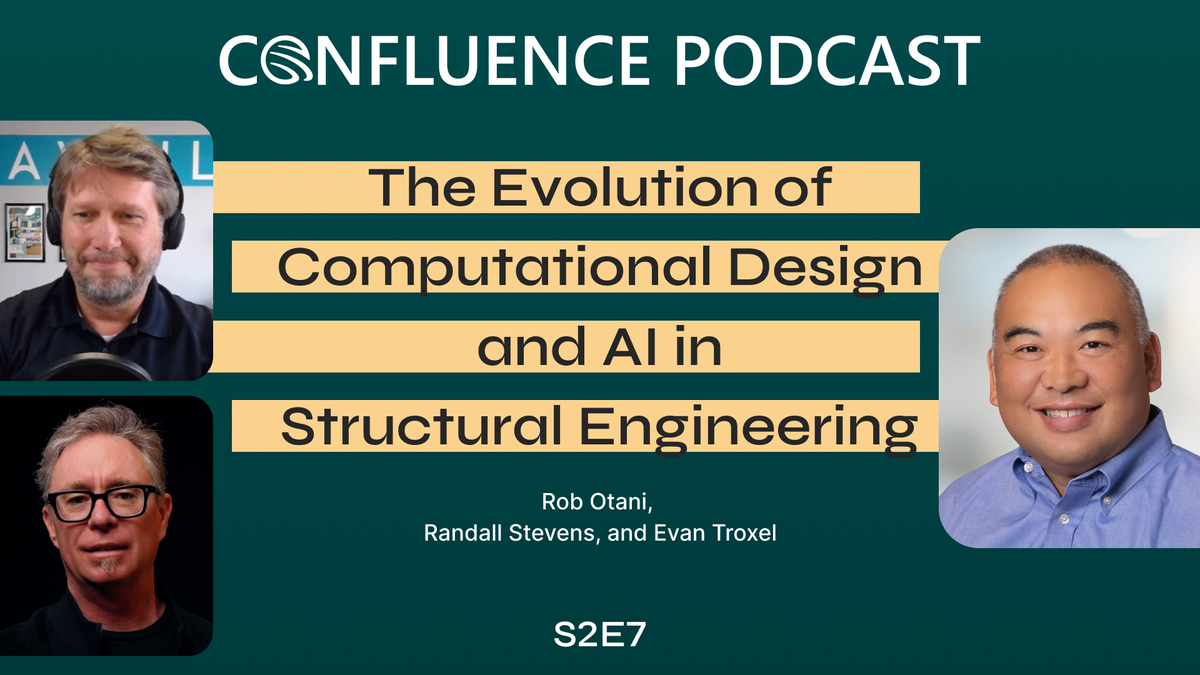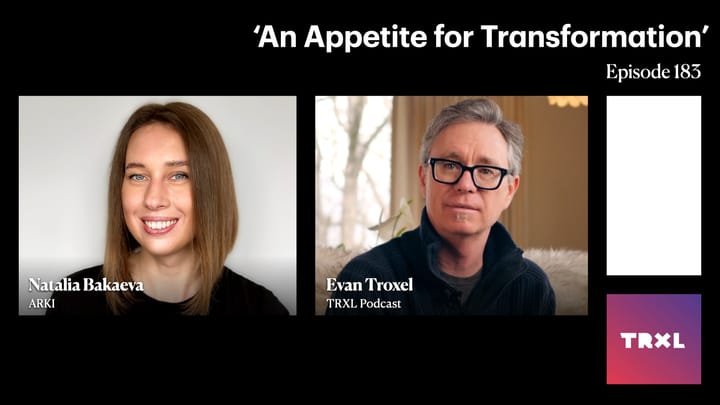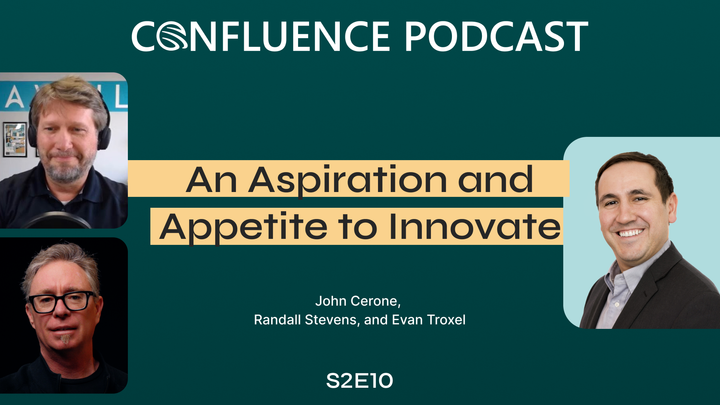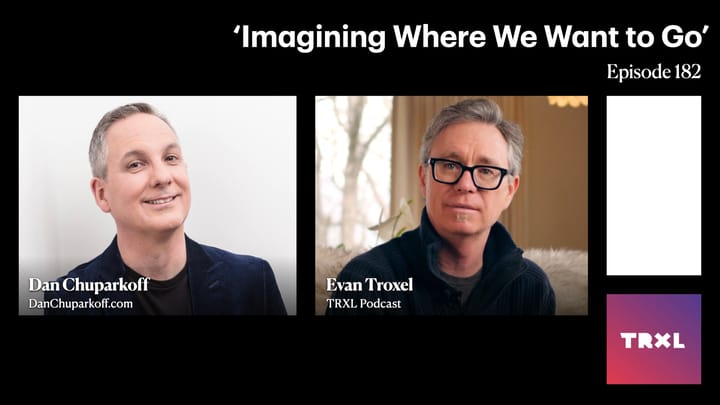Leadership Edge Bonus Edition - Confluence Podcast S2E7
Harnessing AI for engineering knowledge transfer, integrating computational design for seamless collaboration, and driving innovation through R&D and hackathons to future-proof structural workflows in the AEC industry.

The Evolution of Computational Design and AI in Structural Engineering
Episode Summary
In this episode of the Confluence Podcast, Randall Stevens and I sat down with Rob Otani, CTO of Thornton Tomasetti, to explore the evolution of computational design, AI, and the role of innovation in structural engineering.
Rob shared his journey from a traditional structural engineer to a technology leader and discussed how computational tools, AI, and R&D initiatives are reshaping the industry. The conversation got into key topics such as the importance of hackathons, the power of AI-driven knowledge capture, and the challenges of scaling computational design.




